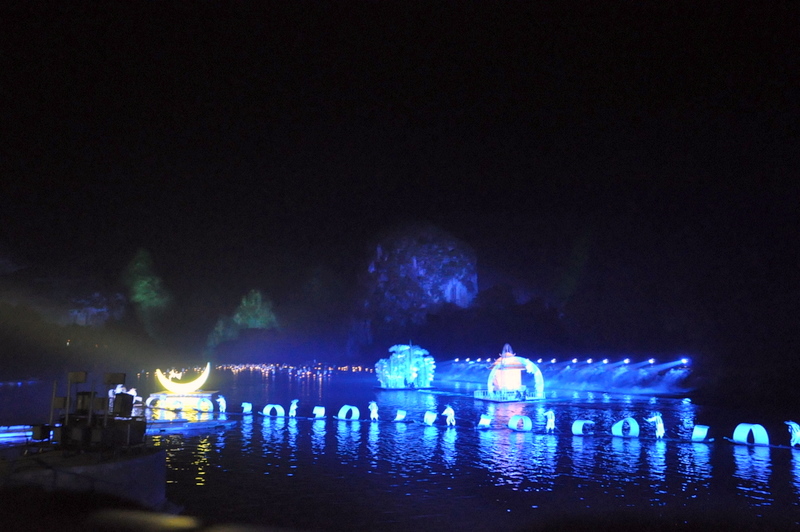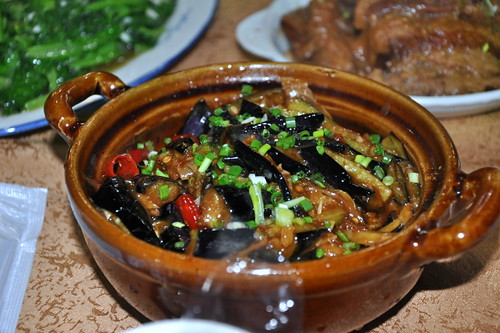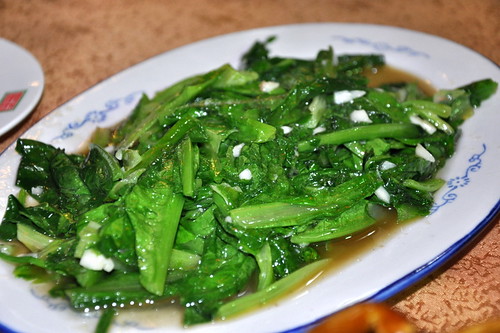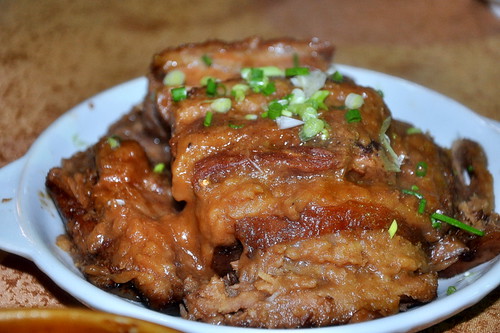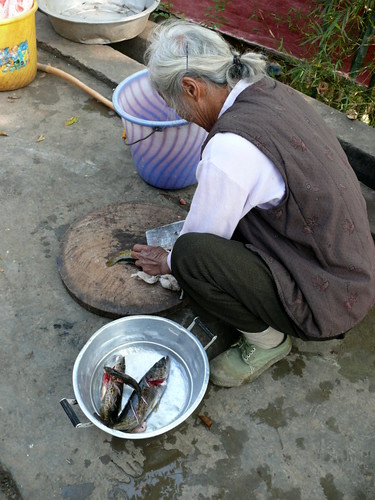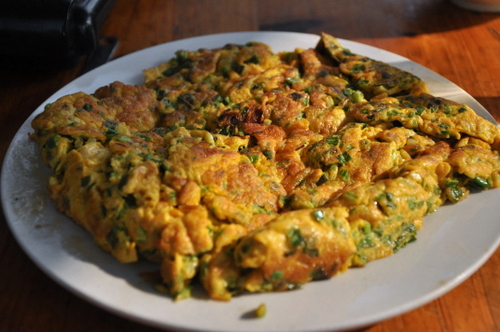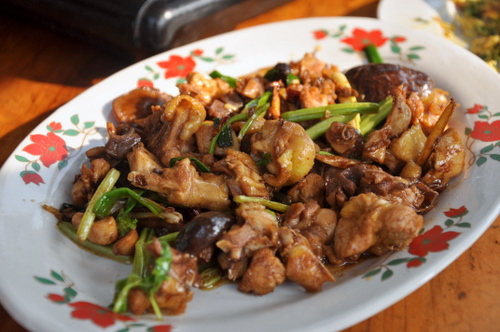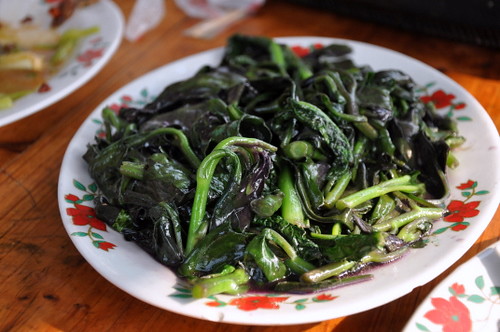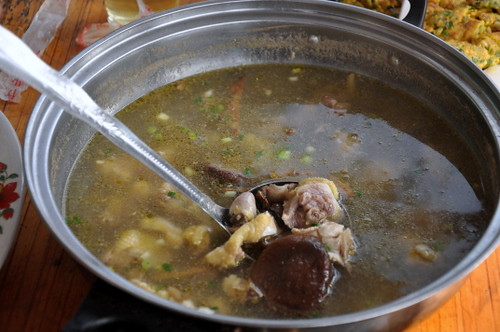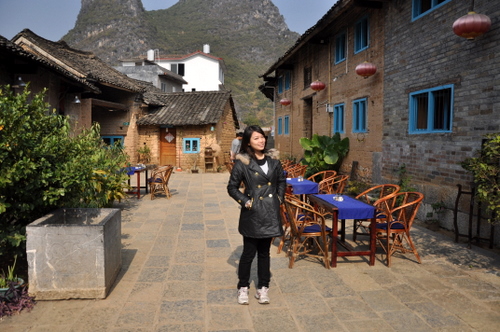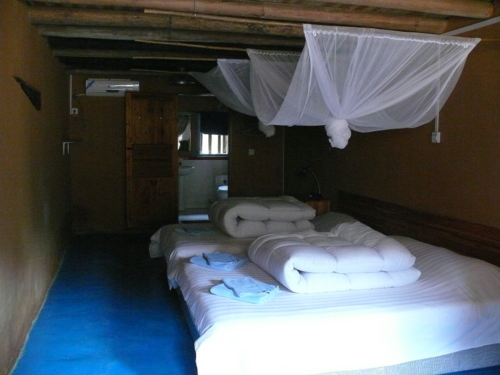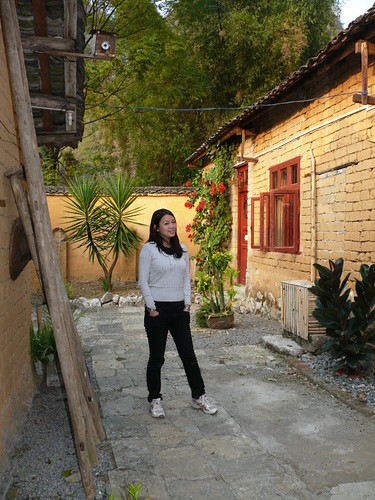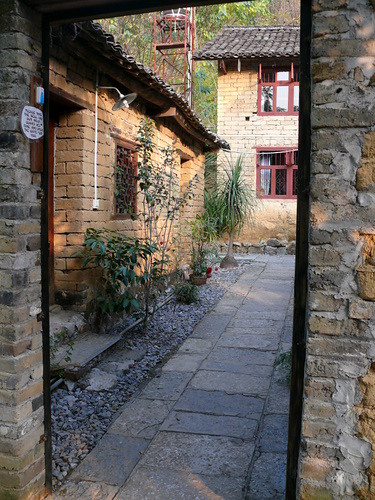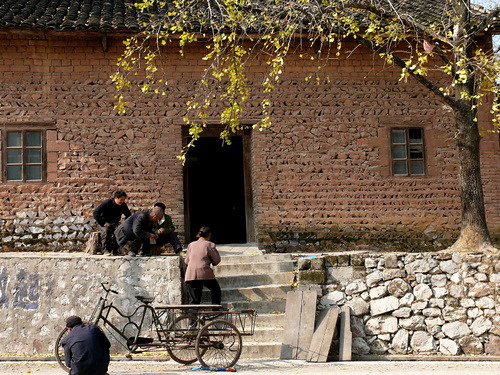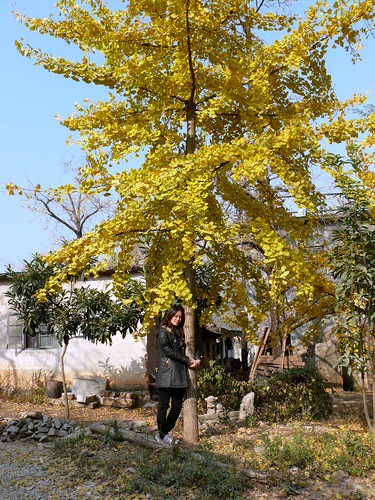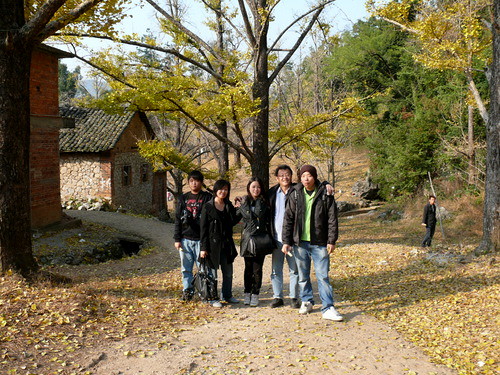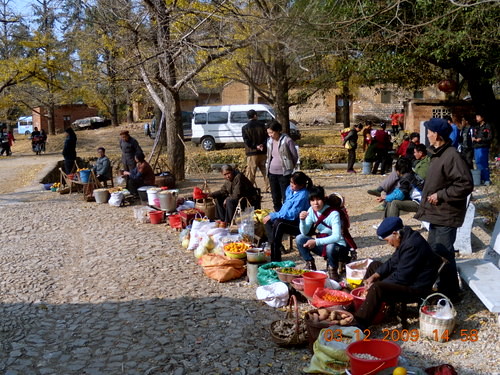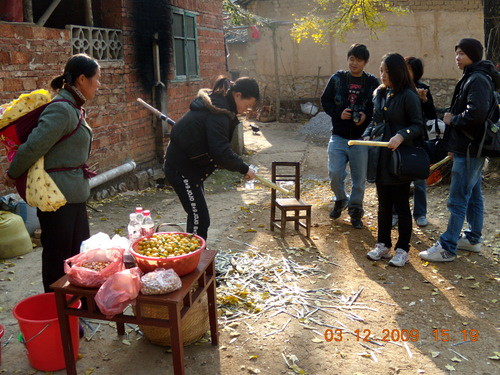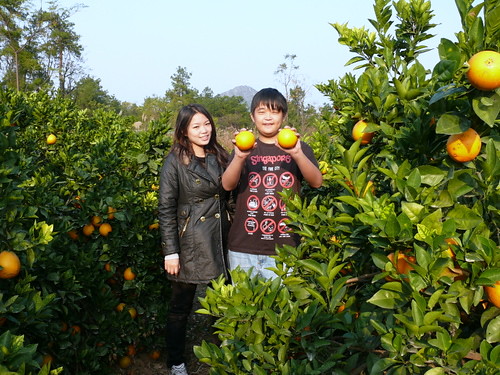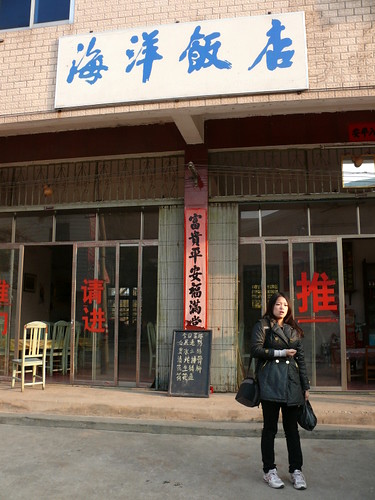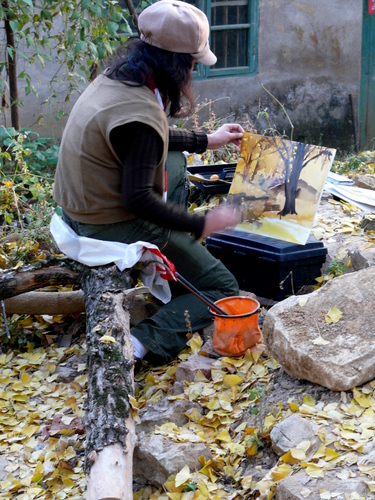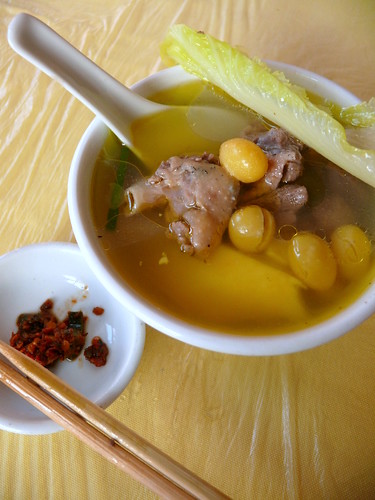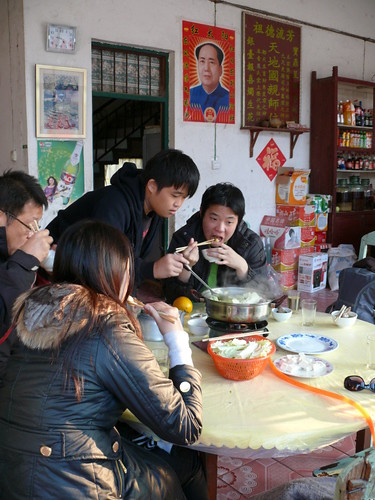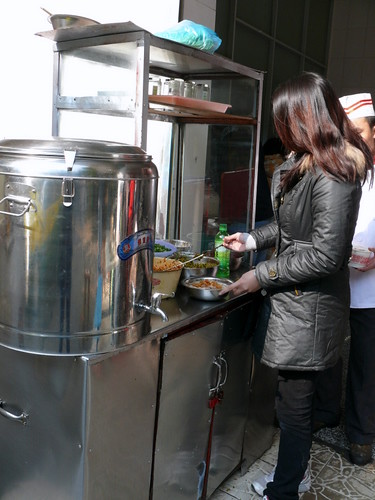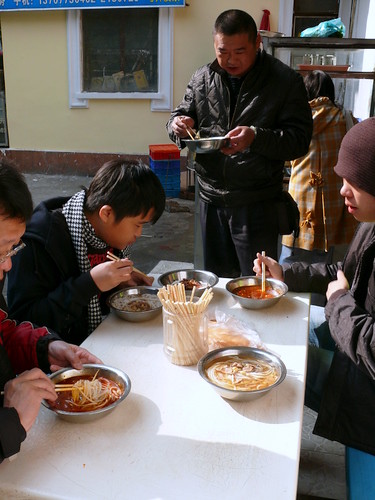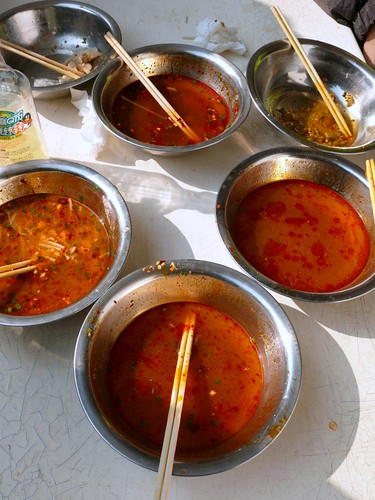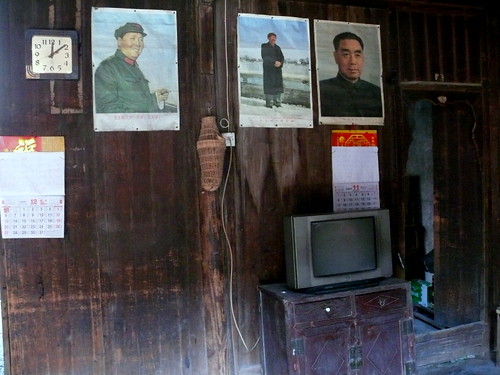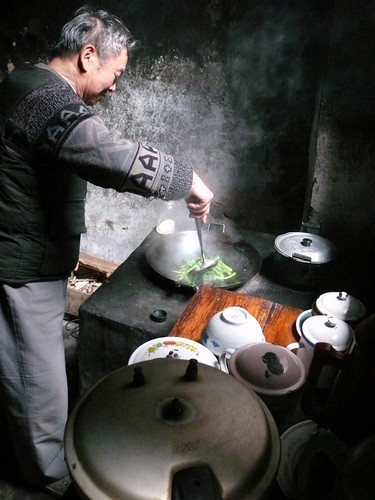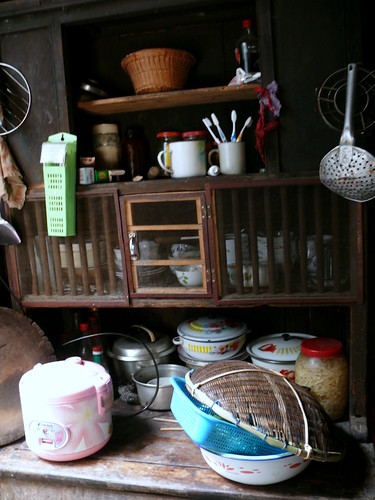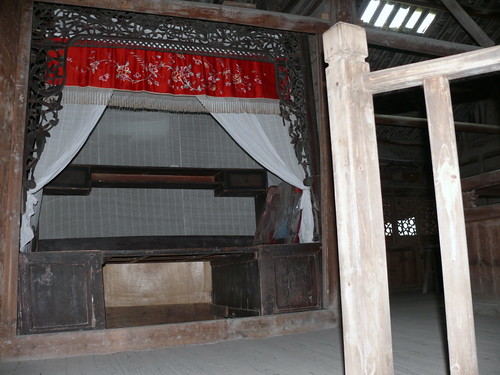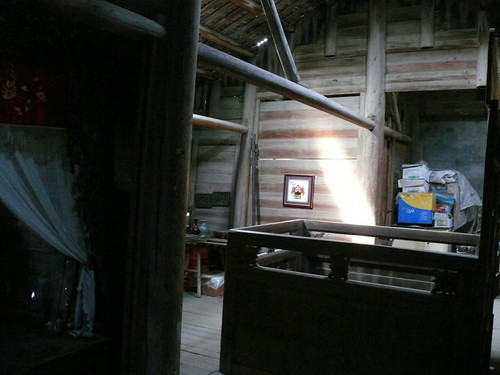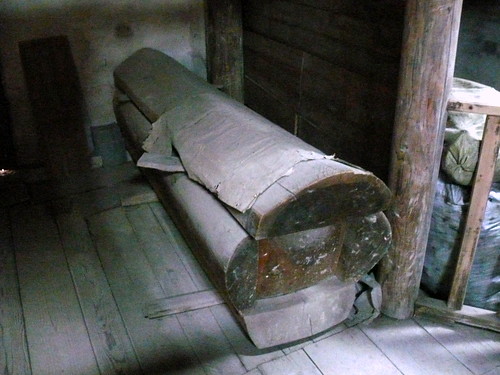Christmas is only celebrated for one day here. I can't imagine how people can go back to work on Boxing Day, but luckily this year, B. Day fell on a Saturday. Well, maybe two days of celebration if you include the eve because most of us have Christmas dinner on the eve. Which means you can suddenly find yourself with nothing to do and no where to go on Christmas night. But lucky for us, we've been busy eating at home and at friends'. Wonderful isn't it, to just eat and talk and laugh with friends and family.
We had about 18 people over on Christmas Eve, a perfect number I think because it is more cosy and manageable than my previous Christmas dinners of 30 to 40 guests. I am beginning to change how I entertain at home. A smaller number is much more intimate and meaningful. This year, instead of a casual buffet, I did a sit down dinner and we all agreed later that it was much nicer than buffet-style. Just a little bit more effort was needed to put the tables together and arrange the sitting. It worked because my kids and Yi's friend G from Melbourne served the guests, and everything went very well because of the extra help. I found out later that Ming had thought that the leaf salad was dressed (it wasn't) and everybody was eating plain rabbit food. Otherwise, we had a great time but we forgot to make New Year's resolutions so we'll have to have another party for that. We did celebrate the best Christmas present for our family: Wey did unexpectedly well in his PMR exams. The results were released Christmas Eve morning. Now I just have to find a way to get out of the promise I made him--a trip to Japan.

We ate out in the back patio, so eat your hearts out, those having a white Christmas.

The kids made a sangria with a whole bottle of champagne...
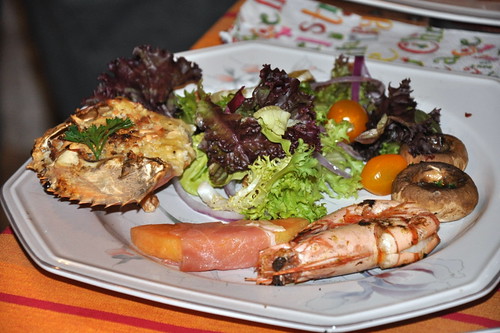

Appetizer served by the kids became a full plate of baked crab & lobster gratin, grilled prawns & mushrooms, serrano ham and rock melon roll and the un-dressed salad.
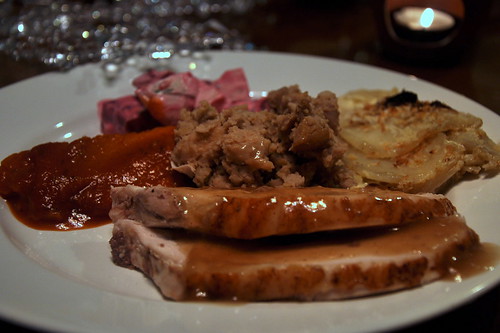
Turkey with chestnut stuffing, a yummy Italian pumpkin dish made by G, a beet and apple salad that received high marks and scalloped potatoes with anchovies.

This was my favorite item: panettone. Panettone is the best substitute for the traditional fruit cake because it is much more healthier. This panettone turned out unbelievably good, especially with coffee. I have decided to make it my traditional Christmas food.

Of course, for our climate, I always make traditional English trifle. Everybody loved this, and I made it the next day to bring to a friend's party, and again the next day for another party. The only problem was, the whole town ran out of fresh cream on Christmas Eve! Luckily I bought 2 bottles of Australian Bulla heavy cream two days before so the first trifle was the best because the next too were made with Nestle reduced cream, which is not as good and much more expensive too. Btw, get your Bulla cream and other western foodstuff at the wholesaler, Lim Lee Seng, near Supertanker. SO much cheaper and fresher.

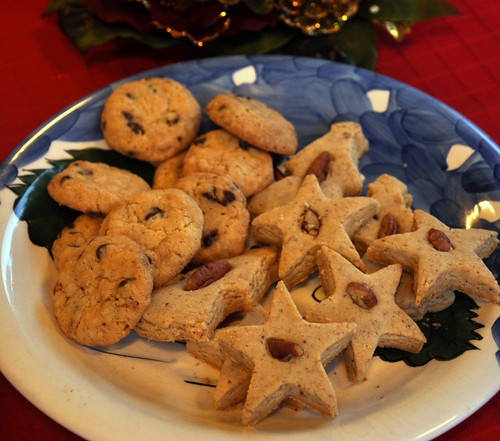
Thank God for G who made these choc chips and pecan shortbread cookies in lighting time. I've always disliked making cookies because I haven't got the patience but G proved to me that it's no hassle. And the cookies were delicious!
We had about 18 people over on Christmas Eve, a perfect number I think because it is more cosy and manageable than my previous Christmas dinners of 30 to 40 guests. I am beginning to change how I entertain at home. A smaller number is much more intimate and meaningful. This year, instead of a casual buffet, I did a sit down dinner and we all agreed later that it was much nicer than buffet-style. Just a little bit more effort was needed to put the tables together and arrange the sitting. It worked because my kids and Yi's friend G from Melbourne served the guests, and everything went very well because of the extra help. I found out later that Ming had thought that the leaf salad was dressed (it wasn't) and everybody was eating plain rabbit food. Otherwise, we had a great time but we forgot to make New Year's resolutions so we'll have to have another party for that. We did celebrate the best Christmas present for our family: Wey did unexpectedly well in his PMR exams. The results were released Christmas Eve morning. Now I just have to find a way to get out of the promise I made him--a trip to Japan.

We ate out in the back patio, so eat your hearts out, those having a white Christmas.

The kids made a sangria with a whole bottle of champagne...


Appetizer served by the kids became a full plate of baked crab & lobster gratin, grilled prawns & mushrooms, serrano ham and rock melon roll and the un-dressed salad.

Turkey with chestnut stuffing, a yummy Italian pumpkin dish made by G, a beet and apple salad that received high marks and scalloped potatoes with anchovies.

This was my favorite item: panettone. Panettone is the best substitute for the traditional fruit cake because it is much more healthier. This panettone turned out unbelievably good, especially with coffee. I have decided to make it my traditional Christmas food.

Of course, for our climate, I always make traditional English trifle. Everybody loved this, and I made it the next day to bring to a friend's party, and again the next day for another party. The only problem was, the whole town ran out of fresh cream on Christmas Eve! Luckily I bought 2 bottles of Australian Bulla heavy cream two days before so the first trifle was the best because the next too were made with Nestle reduced cream, which is not as good and much more expensive too. Btw, get your Bulla cream and other western foodstuff at the wholesaler, Lim Lee Seng, near Supertanker. SO much cheaper and fresher.


Thank God for G who made these choc chips and pecan shortbread cookies in lighting time. I've always disliked making cookies because I haven't got the patience but G proved to me that it's no hassle. And the cookies were delicious!


